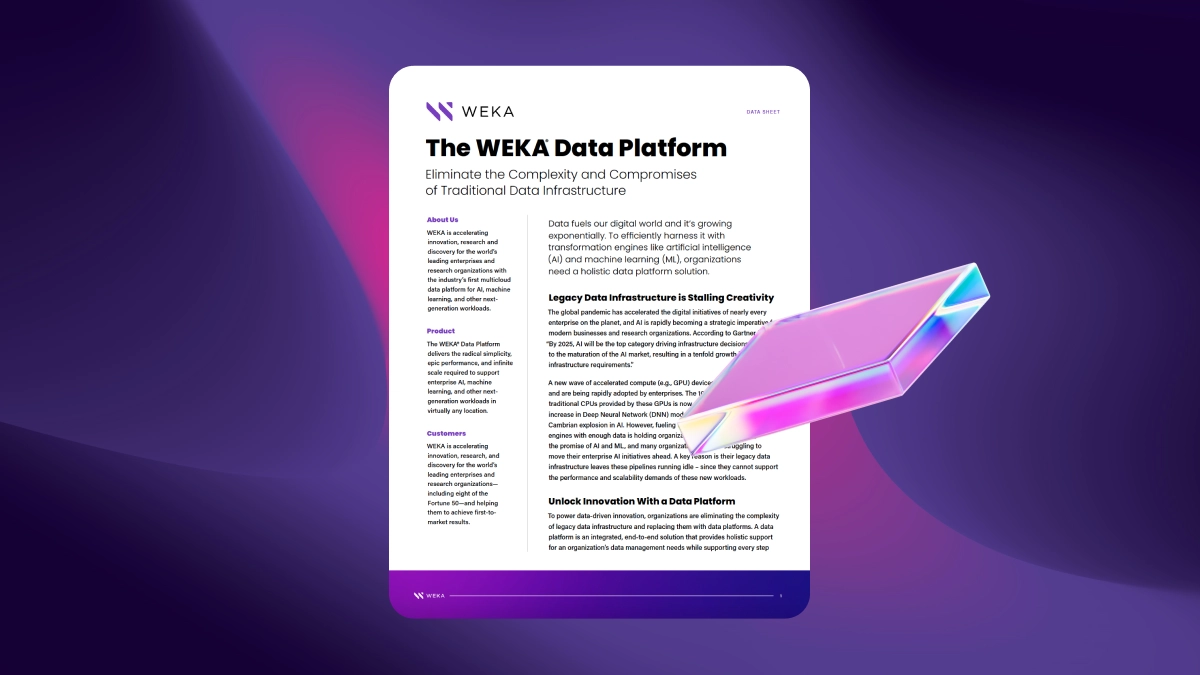What is Amazon S3?
Anyone who owns a business or works with sensitive, personal, and private information on the web will be familiar with storage services. Amazon S3 or Amazon Simple Storage Service is an object storage service offered by Amazon Web Services (AWS). AWS launched Amazon S3 in the United States in 2006, and it provides industry-leading scalability, data availability, security, and performance to individual customers and industries who use Amazon S3 to store and protect their data, no matter the amount and size. Through a protected web service interface, Amazon S3 enables users to manage, organize, access quickly, and configure their data.
What is Amazon S3 Used For?
Amazon S3 stores data for millions of applications for businesses from all over the globe. There is a massive range of uses for Amazon S3, including persistent storage for Web hosted applications such as websites, incoming data from IoT devices, backup to the cloud from on-premises and much more. The simple interface makes it easy for customers to store and keep track of their data. Amazon S3 can also be used for disaster recovery, data archives, data breaches, and hybrid cloud storage.
What is the S3 Protocol?
The S3 protocol is an application programming interface (API) that allows applications to communicate with Amazon s3 storage “buckets”. S3 API calls allow applications to store and retrieve data from Amazon S3 storage. Examples are PUT, GET commands that are sent from application/device to the storage. The S3 protocol has become the de-facto standard for object storage communication and is widely supported by many other vendors.
Amazon S3 Keeps Your Data Safe
What is the point of any cloud-based storage? Keeping data and keeping sensitive information protected against cyber criminals or any malicious behavior is paramount. Storing data in Amazon S3 means keeping it secure from anyone who does not have authorized access. Using encryption features and access management tools, Amazon S3 protects against cyber attacks. Amazon S3 is also unique in the sense that it’s the only object storage service that allows users to block public access. AWS is designed for 99.999999999 (11 9’s) of data durability.
Amazon S3 Storage Classes
Amazon S3 offers four different types of storage classes to clients, each providing a different level of durability, availability, and performance requirements.
- Amazon S3 Standard—This is the default class that is used for data that is frequently accessed. Amazon S3 Standard can be used for websites, content distribution, mobile apps, big data analytics, and gaming applications.
- Amazon S3 Standard Infrequent Access (IA)—This class is for data that is accessed less frequently but still requires rapid access when needed. Typical uses for Amazon S3 Standard Infrequent Access are backup and disaster recovery solutions.
- Amazon S3 One Zone-Infrequent Access (IA)—This class is 20% less expensive than the S3 Standard, making it the most cost-effective option for infrequently accessed data. S3 One-Zone does not have the same availability and resilience of S3 Standard or S3 Standard-IA. Typical uses involve data that can be easily re-created and involve storage for companies that store secondary backup.
- Amazon S3 Glacier Deep Archive—This class provides the lowest-cost storage and is designed for long-term storage that is infrequently accessed. Data retrieval may involve minutes or hours using Amazon Glacier. Common uses for Amazon S3 Glacier are highly-regulated industries like financial services, healthcare, and public sectors.
Who Uses Amazon S3?
Millions of people use Amazon S3 daily, but some of the most powerful corporations in the world use Amazon S3 to keep their data (and yours!) protected.
Check out the list below to see some of the major companies use Amazon S3 to protect your data and theirs:
- Spotify
- Netflix
- Dropbox
- Lyft
- Airbnb
To find out how your company can benefit from a WEKA solution leveraging AWS S3, visit Weka.io.





